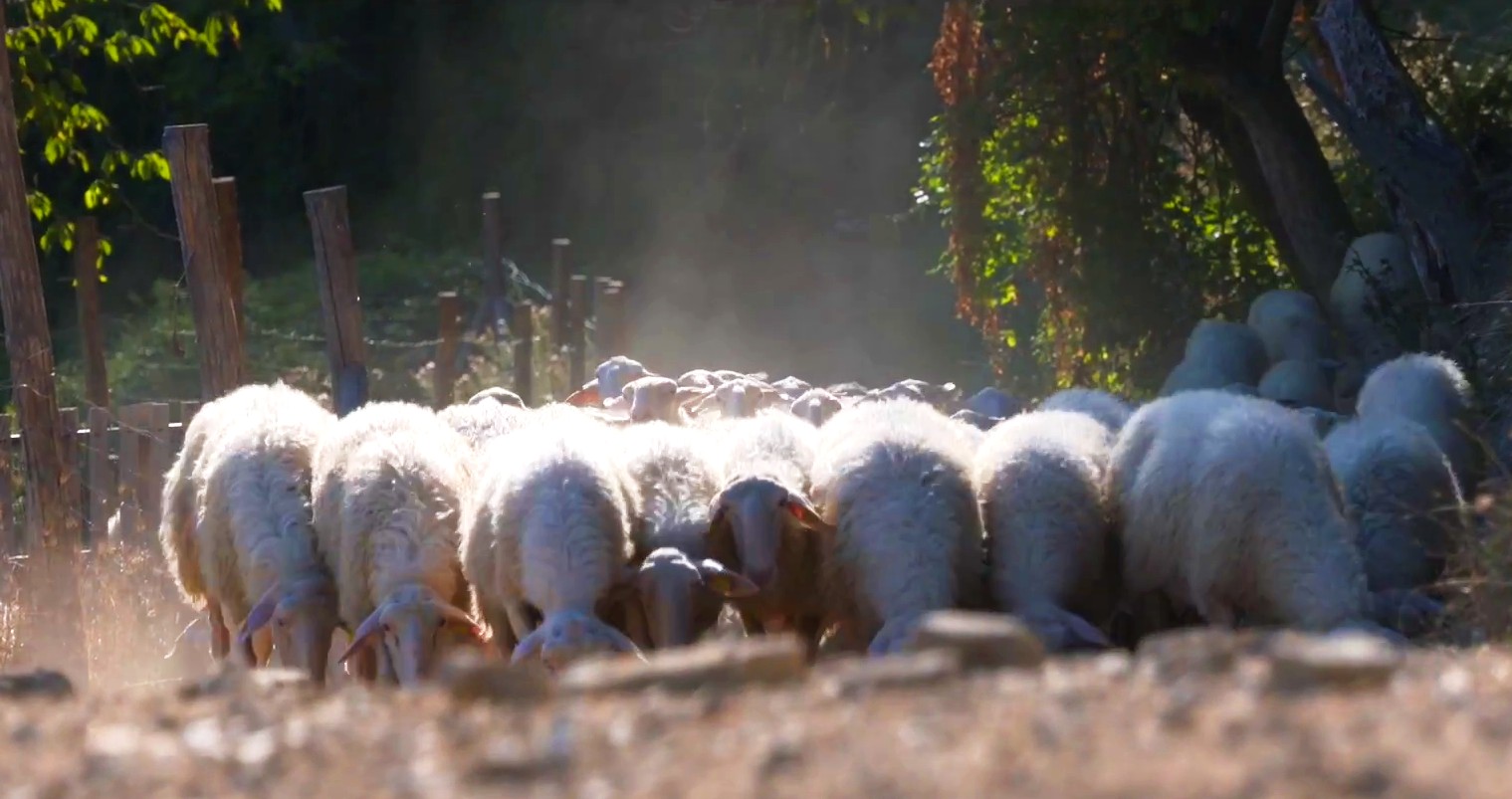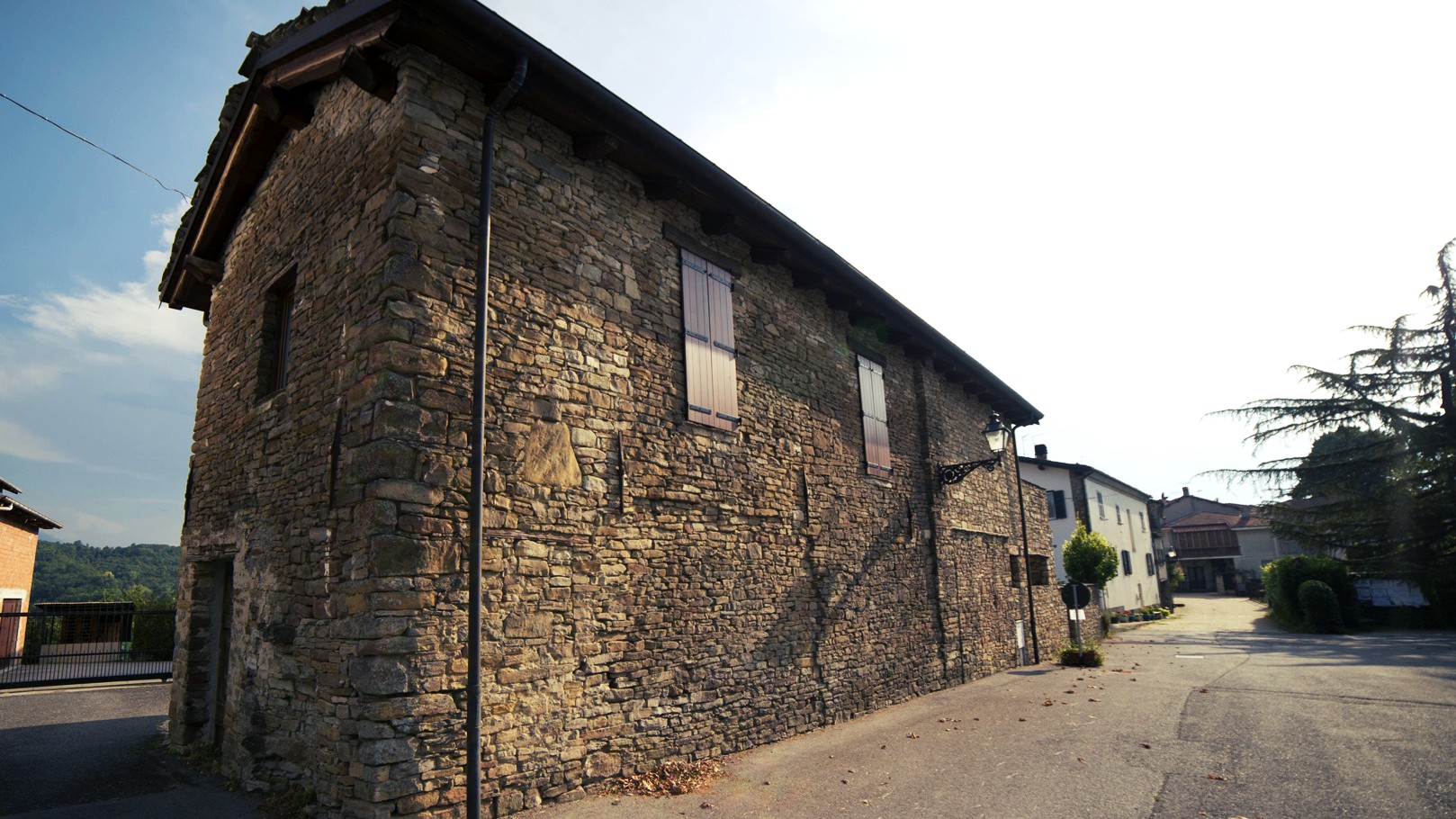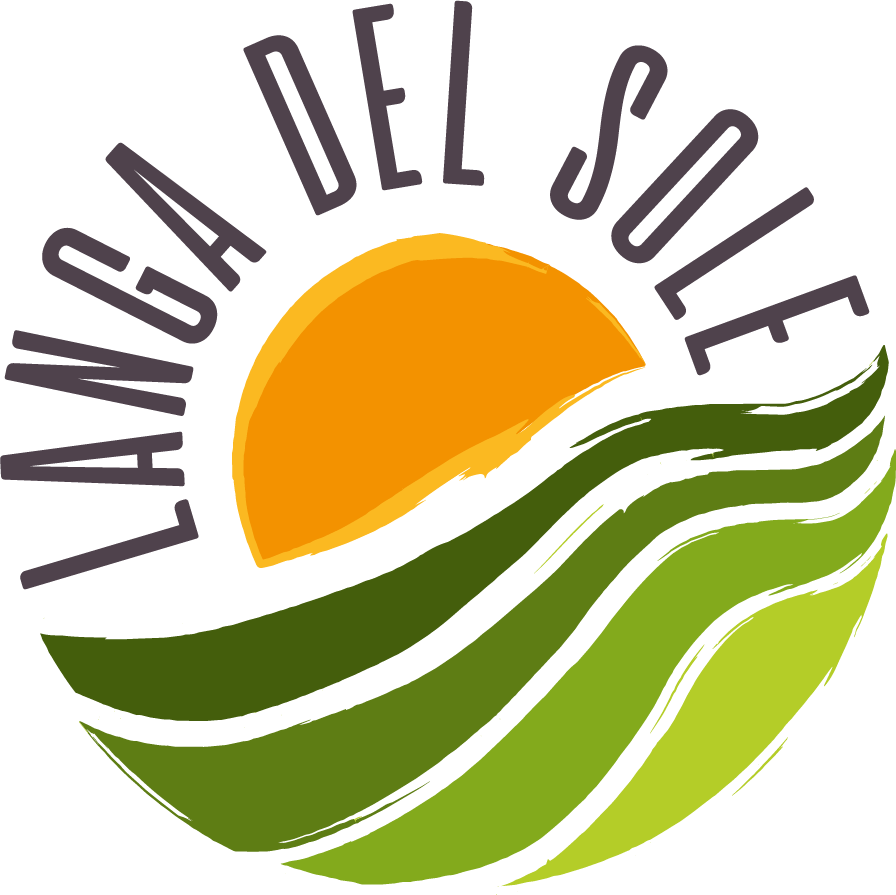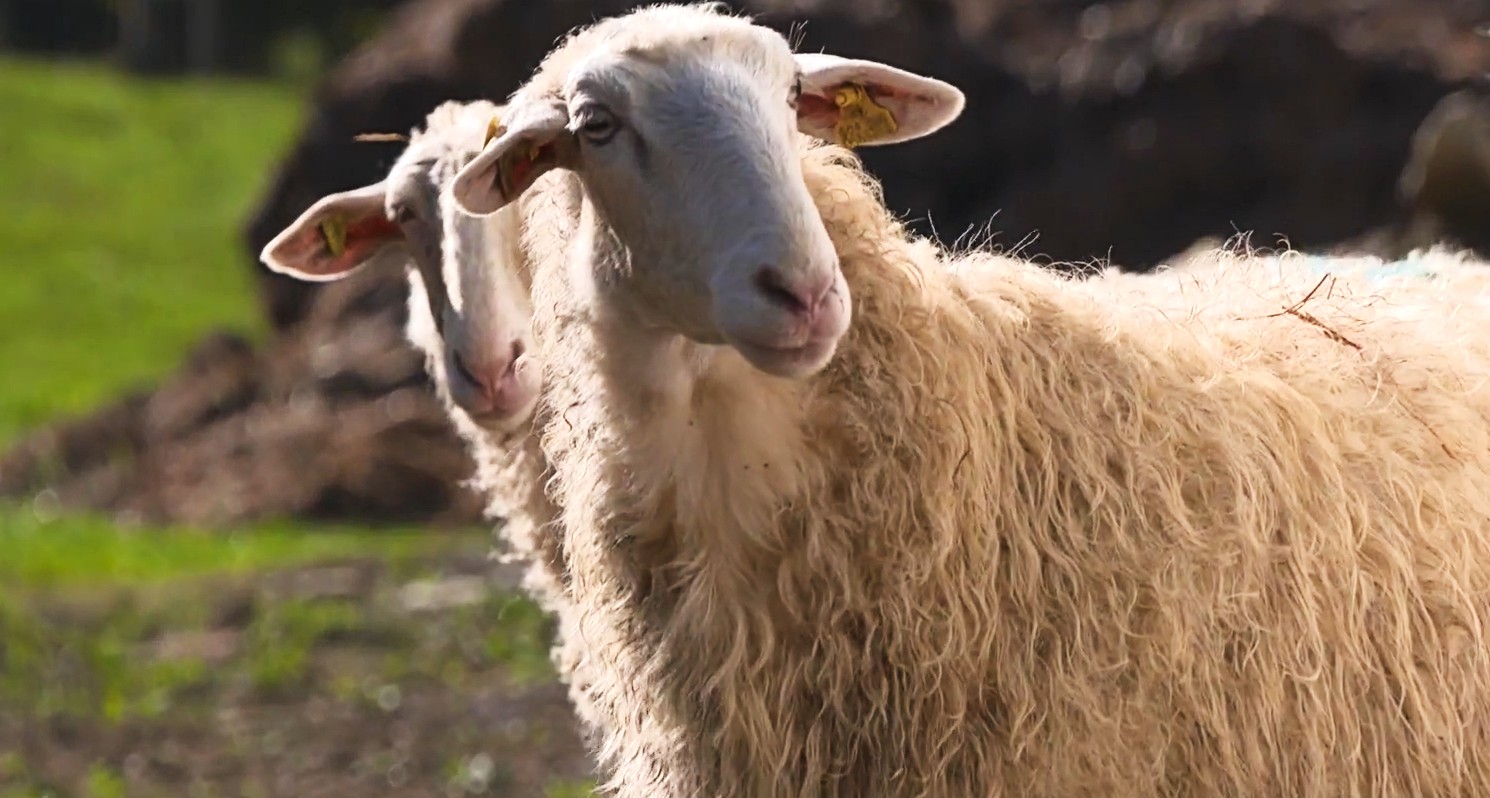I have in mind twelve days, not more, but all in the sun, to consider wheat and vines. With a wooden bank and a small meadow to keep to sheep and a mule.
Beppe Fenoglio, La Malora
This is how Beppe Fenoglio’s novel, La Malora, begins; the ambitions of Tobia Rabino, who recounts to his son, Jano, while their labour hand, Agostino overhears, for a rural life. It is a passage that conveys the hard work of the countryside, the ineliminable poverty and the gruff masculinity of the protagonists, underscored by Tobia’s bucolic dreams.

GRAIN, WINE AND SHEEP
Grains and vines. Forests and meadows. Mules and sheep. These are the markers of wellbeing for those from the Alta Langa. Wheat, vines and forests are the sustenance of these hill people, mules the easiest mode of transportation, but what of the sheep? There is a tendency to forget, amongst the ample vineyards and hazelnut groves, that the Langhe, especially Alta Langa, was historically a pastoral land, dominated by sheep.
It is necessary to read the work of Fenoglio to find traces of this disappearing vocation. In the Racconti del Parentado, the characters from the Upper Belbo Valley are more comfortable with the bleating of sheep then the cadence of speech, so to speak. The bleats were once ubiquitous amongst the rittani (a typical landscape conformation of some areas of the Langhe, consisting of a deeply set valley between two dense hills and crossed by a stream), through the stable doors, and breaking the silence of the night at dawn when they would be taken to the Belbo river banks to water.
Breeding Langhe Sheep is one of the oldest and most authentic livestock management of Piedmont. Family flocks have shaped the landscape of the Alta Langa and taking care of them has marked work and articulated domestic habits. At one point, every family had at least a few sheep. From a handful for family milking to a small flock to add to the farm’s income with milk, cheese and fleece, sheep were an integral part of the Alta Langa’s rural economy. Fresh robiola and toma cheeses would be brought to market in Murazzano, the most important market in the Langhe at the time.
The keeping of sheep also shaped family roles. Women were most likely to oversee cheesemaking while men worked the fields. Children were generally sent out to pasture the flock. Sheep were milked every day and cheese would equally be produced daily; robiola is small in nature due to the low-yields of milk natural to sheep. During the summer it wasn’t even necessary to heat the milk, it easily curdled at room temperature. Traditional reed baskets would be used to form and shape the cheese.

A BREED AT RISK
We know from registers kept by the Municipality of Murazzano that the Langhe Sheep were once widespread in Piedmont. Until the 1950s, there were about 45,000 Langhe Sheep dispersed across the region, and even Italy. One record states that a farmer from Puglia once purchased 1500 heads to pasture in his native land.
After the economic boom and the subsequent rush to manufacturing work, silence fell amongst the pastures of Alta Langa. Villages began depopulating quickly and those left behind, generally the elderly, abandoned the extensive work necessary to maintain sheep flocks. Over 20 years, 90% of the Langhe Sheep disappeared and by the 1980s there was only 3,000 heads registered. There was a fear of complete extinction. In order to avoid this tragedy, the guidelines for Murazzano DOP – the famous and protected Robiola from Alta Langa – were updated to stipulate that a minimum of 40% of the sheep’s milk used must come from Langhe Sheep.
Murazzano has become a well-renown cheese, sold at a good price and protected as an authentic product of the Alta Langa. Farms maintain larger flocks, new dairies have opened, and yet, the numbers of Langhe Sheep continue to decline. Of the 30 member dairies of the Murazzano DOP Consorzio, there only remains 4 that breed Langhe Sheep, which have a current headcount of around 2,300.
The “problem” of the Langhe Sheep is ironically its versatility; it was bred for excellent milk, great meat and good wool production. When they were staples of the local rural economy, this versatility was a benefit for peasant farmers who could diversify their income in multiple ways from one animal. However, in today’s economy, this versatility comes at a cost of lost competition against more specialized breeds. This is not the say that the Langhe Sheep should be considered useless; thanks to years of isolated breeding and controlled population management, they are naturally very resistant to diseases and are often chosen to cross-breed with other breeds to create a more resistant hybrid.
Another threat are wolves. They are timidly, yet steadily, increasing in population around the Langhe. In 2018, almost 100 killings were documented, which with such a small sheep population, represents a significant threat.

THE MUSEUM OF THE LANGHE SHEEP
Protecting the Langhe Sheep and saving them from extinction is an economic, political and cultural issue. The Municipality of Paraldo has recognized this and, with the help of the Langa del Sole and financial support from the Fondazione CRC, has inaugurated the land that will eventually house the Museo della Pecora e del Formaggio delle Langhe. Staged in the Borgata Cavallini stone house, it displays documents, videos and testimonials of the long relationship between the sheep and the region, and the economy of women in cheesemaking. It is an act that has been long-dreamt and very important. It is a tribute and a dutiful recovery that hopefully can bring new attention to an aspect that has long sustained the Alta Langa and has been vital in shaping its identity.

Post a cura della Redazione di Langa del Sole

